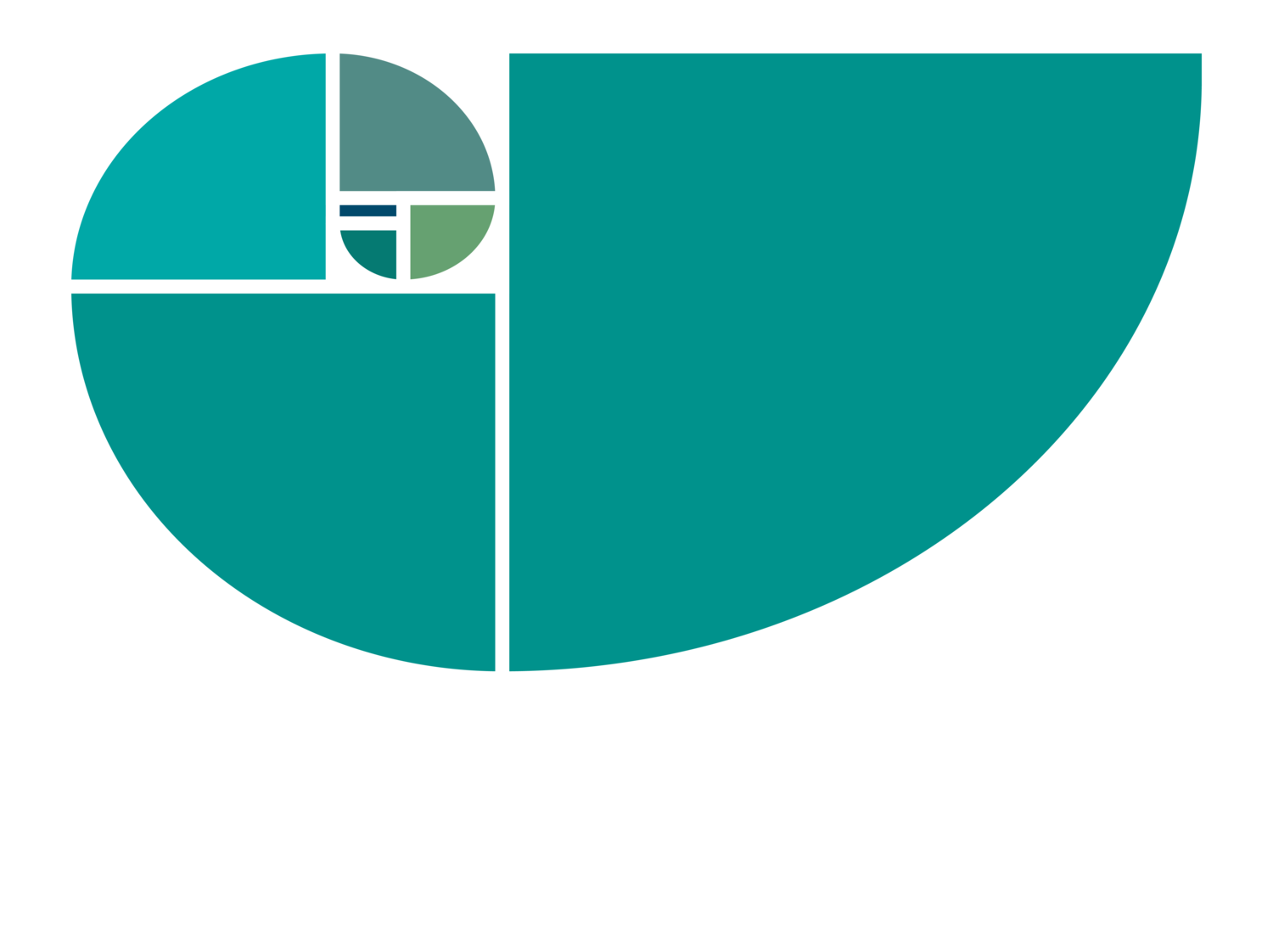My clients set a fast pace as they strive to complete dozens of agreements and promises while handling everything that comes at them. As a consultant and executive coach, I focus on my clients’ professional lives but also care deeply about them as people.
I see yellow pad to-do lists too long to accomplish. Competing priorities pull them in different directions. In the crush they end up sidelining important but less urgent people and projects.
Overwhelm scatters their focus, “How can I ever get this done on time?” Doubt derails their dedication. “This will never work.” Or, they kick into gear, spending long hours to get it done, handling the details and managing the people to achieve the big goals—but come up against high personal costs from missing out on other important commitments like family, friends, creativity, or vital health.
This problem is common and serious and leads to burnout.
One part of the solution is to consciously use core commitments to organize the endless lists of to-dos.
Core commitments aren’t obligations, possibilities, or even preferences. Straightforward and significant, they are promises.
Personally, I don’t make them lightly. Breaking a core commitment is breaking a covenant with myself, and the world. They help me know when to say yes or no, with less ambivalence and more care. A new momentum overcomes old obstacles; my voice clearly conveys what matters to me.
I’ve been surprised at how commitments work. Once committed, my clients put determined steps behind making them happen, even if they have no idea how. (What new parent has any real idea how they will raise a child? What start-up entrepreneur knows exactly how the business will grow?)
One of my clients turned her performance from mediocre to magnificent by crafting a powerful commitment to extraordinary client service. Once she did, she began to thrive as her performance and that of her organization stepped up to a whole new level.
As her commitment to extraordinary client service superseded her fears, worries, and outmoded identities, she acted like a different person. How did she get there?
First, we worked together to reveal what mattered most to her, her core commitment. Through our work she discovered her core commitment once she let go of an old “not enough” story and brought closure to outdated agreements.
As we crafted a simple resonant phrase that captured what she really wanted, her passion ignited. Her commitment now felt consequential and elegant. She stood in a personal integrity that attracted and instigated new possibilities.
Motivated to change, she then designed a personal plan. Saying her commitment out loud night and morning made it real. Driving in her car she practiced, asserted, shouted, and even sang it. She conducted personal weekly commitment reviews and learned from when she acted in line with her commitments and when she got derailed or distracted.
Next, by including her team in conversations about her commitment and why it mattered, they created a shared vision of the future that inspired them to work together in new ways. She discovered that when a commitment is shared, she didn’t need coercion. Getting work done took less effort.
In concert with her commitment, she communicated her thoughts in an organized manner, with composure and ease. She came up with new ways to improve customer service and shaped clear and convincing presentations to get buy-in to her innovative ideas.
Within a short period of time, she was recognized, given a new project and more support. Standing in her core commitments, she felt that she stood on stable ground instead of quicksand. This internal coherence organized her priorities, opened up her willingness to stretch, to risk taking on new responsibilities.
As she discovered, core commitments give us valuable direction. Like a compass, they help us navigate, telling us where we are, how to get where we want to go, and where we don’t want to go.
We might think that making and living from core commitments takes more time and effort than how we live our life now, that it becomes a burden of obligations. My experience and that of my clients are the opposite. It takes lots more effort to live an unfocused life, without specific aim or direction. Like Sisyphus endlessly pushing the heavy rock up the hill with no end in sight, we lose energy and heart.
Orienting around core commitments helps us plan the route and pick the high leverage priorities from the massive to do list. They fortify our confidence as they narrow the focus, providing more energy, resilience, and structure for increasing both effectiveness and wisdom. Now we know our way and it gives us meaning and purpose.
Without core commitments, we might accomplish a lot of tasks but still feel empty. We can appear competent to others but battle confusion inside. We achieve big goals but lose connection with our souls.
Commitments, on the other hand, attract and strengthen the remarkable forces of our hearts. Confusion drops away. The road seems and is easier. Centering our lives around core commitments, we delight in living from a wholehearted YES.
Additional Resources
Peter Block’s book, The Answer to How is Yes: Acting on What Matters, shows that we don’t necessarily have to know how when seated in our hearts is a mighty desire to bring these core commitments to fruition. When we experience a powerful YES, we act on what matters.

